
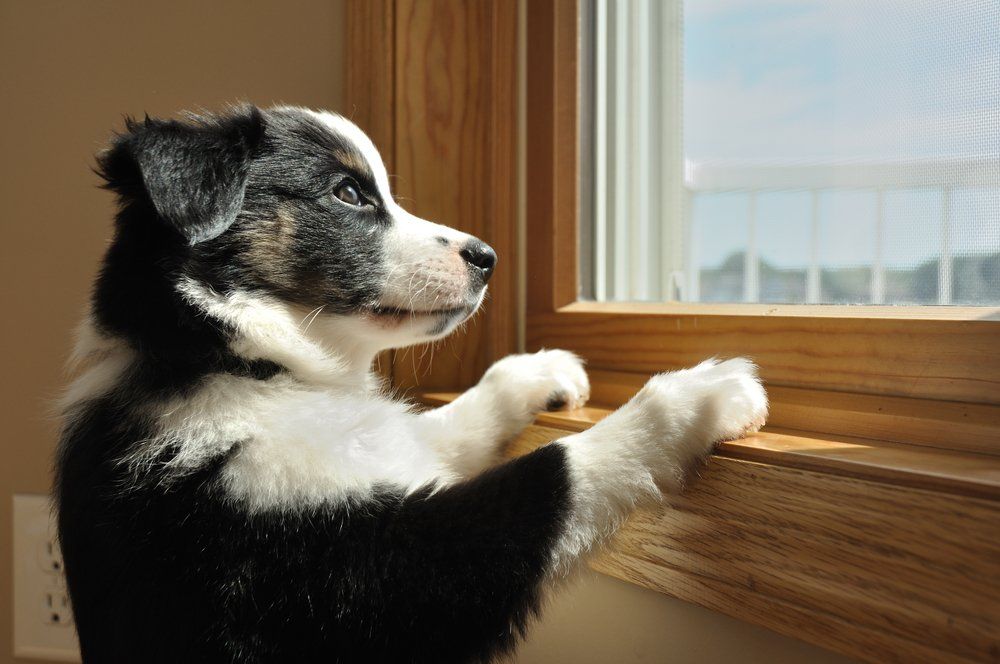
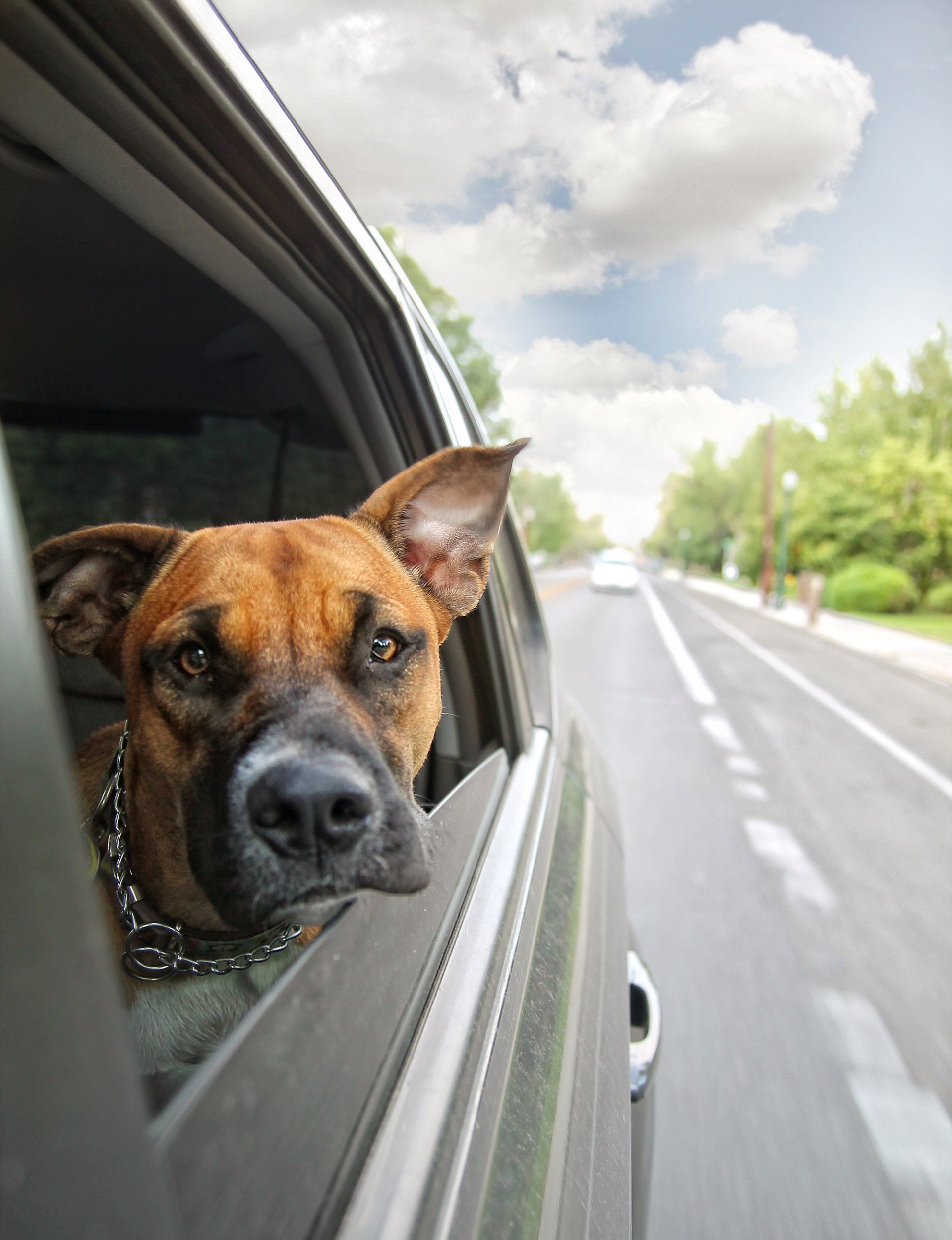
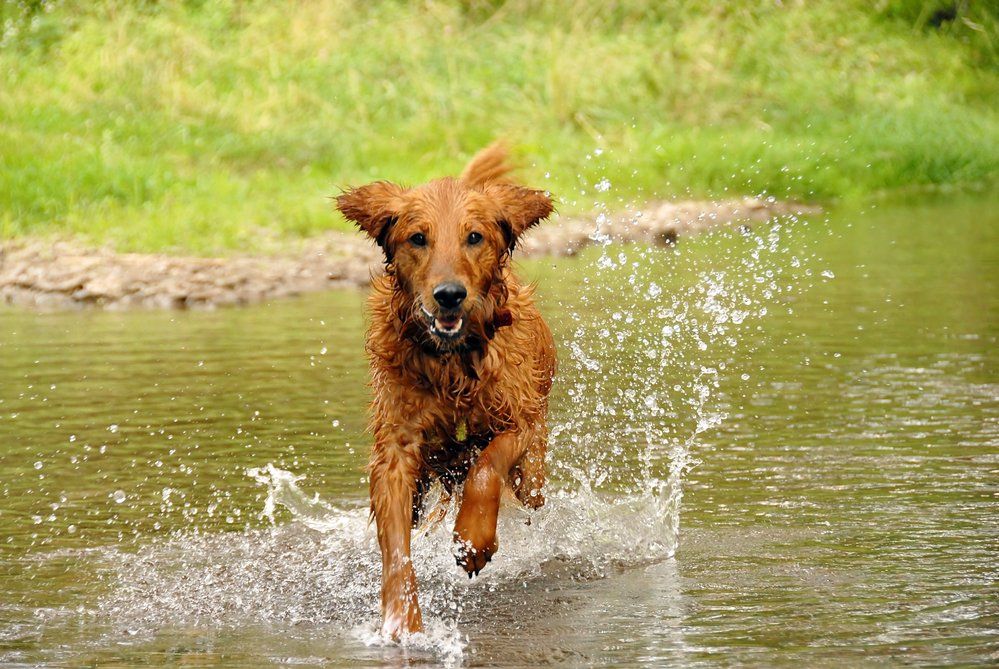
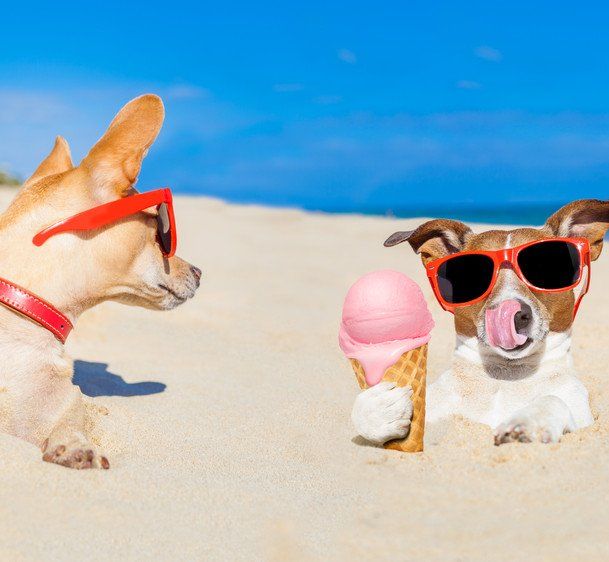
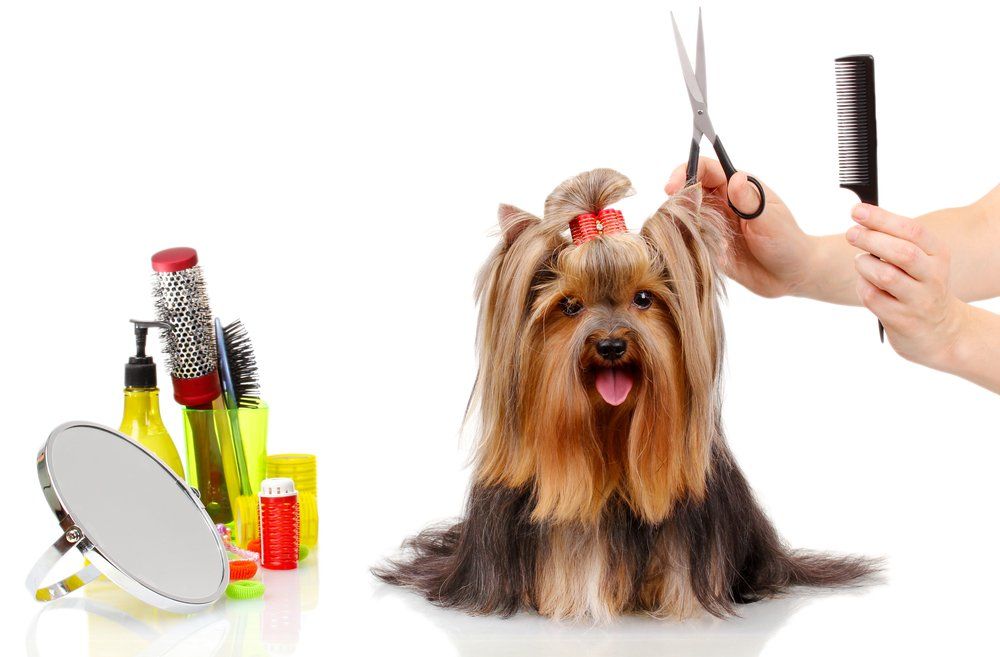
Dog aggression is a serious and scary issue. Dogs are striking back after years of built-up
anxiety, stress, unwanted hugs and kisses, children’s fingers in their faces, improper nutrition
and exercise or lack of exercise. Dogs are not bad, they want to love their humans, but they
can and are getting very stressed out in our society. When a dog bites out of fear or intense
frustration, a pleasing chemical reaction takes place in its brain. Biting releases dopamine,
the same neurotransmitter implicated with heroin abuse. This calms the emotions of the dog
and has a fast effect on the trigger (whatever is causing the reaction, person or
another dog).
However, dogs do not bite for no reason, and it’s easy to prevent when you learn the
different types of aggression and how to recognize when a dog is feeling guarded. Dogs are
warning and warning that they are uncomfortable. They are licking their lips, yawning,
walking away from you or more importantly the kids (80%of dog bites are children), stiff
body language, ears pinned, low deep growl and snap. If a dog snaps at you, your first
thought maybe that he attempted at a bite, but missed, no way. A dog is extremely accurate, and that snap was the screaming fire engine horn, flashing lights to what will come next, get
the drift?
Here are seven levels of dog bites:
1.Growl
2.Showing of teeth, snap
3.Contact, no wound
4.Puncture wound, not serious
5. Multiple bites, serious
6.Hospitalization
7.Death
Dogs usually start exhibiting aggression as they reach sexual and social maturity, between 8
Months to 3 years of age. A puppy is a lot like a toddler (studies show that too) in that they
are inhibited around adults. While those doting few months are good for bonding, most
puppies lose their passivity along with their puppy teeth, and this is when more assertive
behaviors begin to develop.
If these behaviors are not curbed or redirected, assertiveness will lead to aggression.
Fortunately, only a small percentage of fearful, defensive or reactive dogs become
dangerous. Usually, out-of-control aggression can be traced to genetic or physiological
sources, inadequate nurturing, lack of socialization or confrontational handling.
DOMINANCE
“The Control Freak” This dog will often pick on a child, the entire family
needs to be involved in the training process.
TERRITORIAL AGGRESSION
“The Guard Dog” This dog is always on high alert at the gate,
front door, when the pizza delivery driver arrives. Socialization is imperative in the training
process and restricted freedom when visitors enter the home.
POSSESSIVE AGGRESSION
“Its Mine!” Resource guarders that go beyond. Taking away
resources and gradually giving them back is important in this training process. Proper
puppy training can often eliminate this.
FEAR AGGRESSION
“Scaredy Cat” Lack of socialization towards people and other dogs as
a puppy. Positive reward-based training with curb this dog.
PREDATORY AGGRESSION
“Prey Driver” This dog is constantly hunting, children,
bicycles, cars, joggers, etc. Conditioning in a training program and much exercise and fun
games will reduce aggression and improve behavior.
The best training for any dog is to start them early, as early as eight weeks or when they have all
of their shots. If you cannot afford a professional trainer, there are many self-help books
and videos available. Aggression cases are never fun, are very expensive and usually its too
late to do anything about the dog once a trainer gets involved. Please do not ignore the
vaguest warning signs; your Fido is trying to tell you something.






